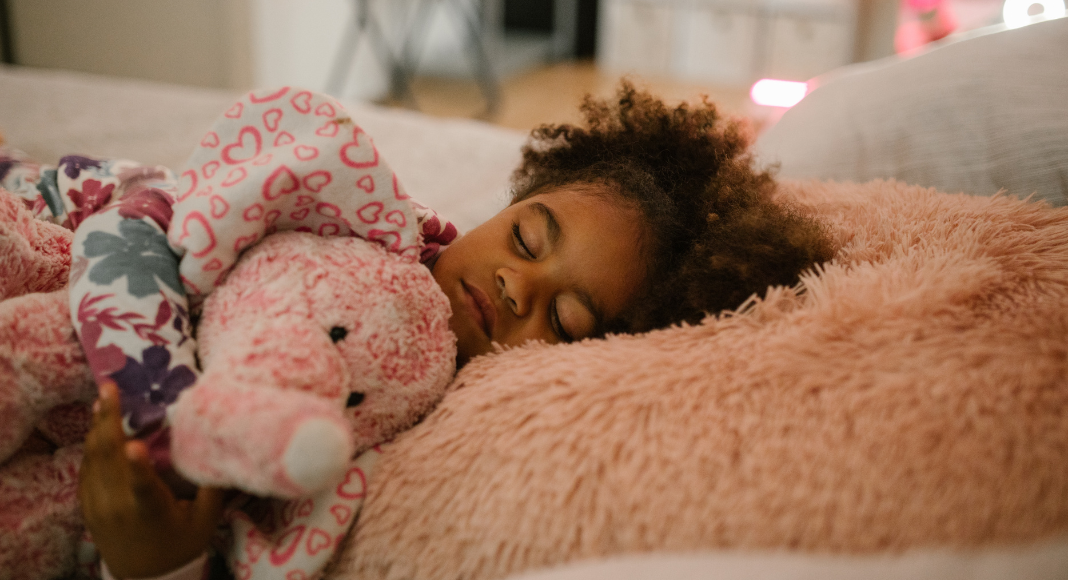 It is almost the start of Daylight Saving Time – time to turn the clocks ahead one hour. The good news is that spring is officially only a few weeks away. The bad news is that we lose an hour of precious sleep.
It is almost the start of Daylight Saving Time – time to turn the clocks ahead one hour. The good news is that spring is officially only a few weeks away. The bad news is that we lose an hour of precious sleep.
Are you worried about how the time change will affect your little one’s sleep? Here are some tips to help keep disruption to a minimum during Daylight Saving Time.
For You:
- On Thursday, go to bed 15 minutes earlier than usual
- On Friday, go to bed 30 minutes earlier than usual
- On Saturday, go to bed 45 minutes early
- Avoid caffeine after 1 p.m. for the four days leading up to the change
For your child, choose one of the following methods:
- Go cold turkey. When your child wakes up on Sunday morning, switch to the new time right away. Switch all meals, activities, and naps to the new time. If they are fairly easygoing and adaptable, the adjustment should be painless.
- Work up to it. This approach is better for children that are more sensitive to schedule changes. Use the same method I recommend for adults above – start on Thursday and move bedtime 15 minutes earlier each day. You can take an even more gradual approach if your child is extra sensitive – start earlier in the week and move bedtime earlier by 5 or 10 minutes every day. At the new wake-up time, turn the lights on and expose your child to natural light to help reset their internal clock.
- Fix it Afterward. Wait until Sunday and adjust your child’s schedule in increments over the following week. Most children will naturally adapt to the new time within a week. Always ensure your child naps well as you work on changing their schedule.
Here are a few more tips:
Resist the urge to let your child “sleep in” to compensate for lost sleep; it will make moving to the new time more challenging.
If you haven’t already, think about installing room darkening shades. As the days get longer, you’ll put your child to bed while it’s still light outside. Not only does light shut off the body’s production of melatonin, but the hormone that helps us sleep. Trying to convince a toddler or preschooler that it’s time for bed when the sun is shining can also be challenging!

























